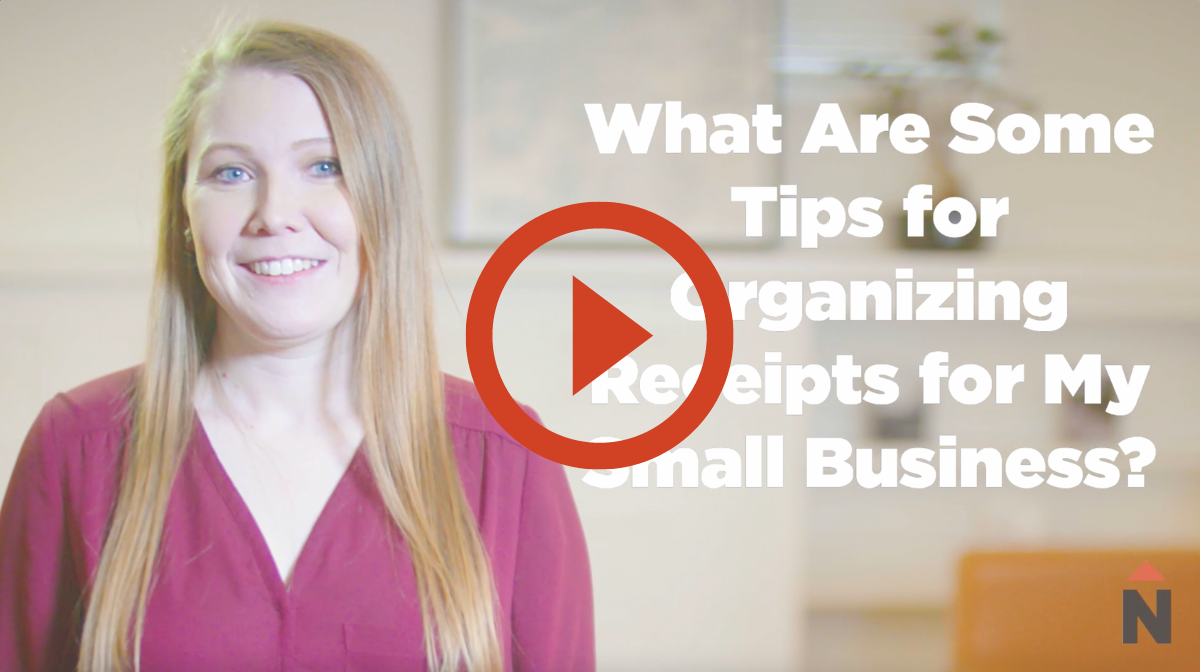As a small business owner, you’re juggling a lot — building your business, keeping clients happy and staying on top of the numbers. Bookkeeping might not always be at the top of your list, but keeping your records organized is crucial to your success. And yes, we know it can feel overwhelming (hello, shoebox of receipts).
But don’t worry — we’re here to make things easier. Managing your receipts and expenses can be a breeze with the right tools and a streamlined process. We use technology to take the guesswork out of bookkeeping, ensuring your transactions are categorized correctly, and you capture every potential write-off. By syncing your bank and credit card transactions into Xero, we’ll do the heavy lifting for you. Easy, right?
Here are some practical tips on what you need to save and how to stay organized:
- First, separate business and personal expenses
- Keep your receipts
- Download your bank statements
- Track your non-bank expenses
- Digitize your paper records
- Pay yourself — the right way

VIDEO: Caitlyn at True North Accounting shares tips for organizing small business receipts.
Separate business and personal expenses
One of the first steps in clean bookkeeping is keeping your business and personal transactions separate. Use dedicated business credit and debit cards for your business-related purchases and personal accounts for everything else. While this may seem like extra work, it saves a lot of time when reconciling your accounts and provides a clear record for tax season.
What about credit card points?
Sure, personal credit cards often come with attractive points programs, but using them for business can complicate things. We recommend getting a company credit card. If that's not an option, designate one personal card strictly for business use. This will make your life easier when it’s time to reconcile accounts.
Keep your receipts
While we don’t need to see every receipt, the Canada Revenue Agency (CRA) does. You should hang onto every business-related receipt for at least seven years. We recommend digitizing your receipts to save space and make them easier to organize.
Why keep both physical and digital records? If the CRA audits you, they’ll request two things:
- Proof of purchase (your receipt)
- Proof of payment (your bank or credit card statement)
So, make sure you have both. Often, they’ll ask for your bank statement and request ten receipts from your list of expenses.
We’ll need receipts for anything considered an asset of the company, such as equipment, vehicles, computers, etc. We’ll also need to see any unusual, significant, or personal transactions paid in cash.
Download your bank statements
Your bank and credit card statements are the backbone of your financial records. Make sure you download and save them regularly. Tools like Hubdoc can automate this process, so you never have to worry about missing a statement.
- Save your e-Transfer history regularly. (You can usually only search back six months, so do this often.)
- If you’re claiming a home office, you’ll need a record of a few things from your personal accounts: mortgage statements and bills/records of payment for your electric, gas, water and internet.
Track your non-bank expenses
(This includes home office expenses, vehicle expenses, owner draws and unusual purchases.)
Our home office expense worksheet has templates for home office expenses, vehicle expenses, owner draws/injections, e-Transfer history and unusual items. It’s a good idea to update this document regularly throughout the year.
Track any expenses you’re not 100% sure about on the Unusual Items tab. This includes equipment purchases, conferences, concert tickets, etc. Record all your details, and we’ll review them at year's end.
Also, check out our blog post on tax grey areas for more information on home office and vehicle expenses.
Digitize your paper records
With so many excellent apps available, there’s no need to let paper clutter take over. Apps like Hubdoc and Dext can digitize and organize your receipts automatically. Prefer doing it yourself? Use a scanner app like Scanbot and organize files in a system that works for you — whether it’s Dropbox, Google Drive, or another tool.
Categorize your digital and/or analog files into the following categories: personal tax, business receipts, insurance, bank and credit card statements, CRA communications, medical, house and personal. We’ve got a complete home office organization how-to that includes a fully colour-coded system, suggestions for naming digital files, and recommendations for a life binder.
Pay yourself — the right way
How you pay yourself as a business owner matters. Our year-end calculation spreadsheet can help you track your owner draws, dividends and any cash contributions to the business. Unsure whether to take dividends or wages? Track your draws throughout the year, and we’ll help you decide closer to year-end.
You can also take an annual wage (or a once-a-year bonus) and claim it as a wage — you’ll need to make a CPP payment by the 15th of the month following your year-end. For example, if your year-end is Sept. 30, make that CPP payment by Oct. 15.
If you’d like to do monthly or quarterly payroll, contact us, and we can help you set it up.
Recap: what not to do when tracking your expenses
- Don’t waste time manually entering every expense into a spreadsheet — it’s time-consuming and prone to errors.
- Avoid using cash for business purchases when possible.
- Don’t use the company card for personal expenses.
- If you claim kilometres for vehicle use, don’t use the company card for fuel. (The 2024 CRA mileage rate is $0.70 per kilometre for the first 5000 km driven and $0.64 per kilometre afterward.)
- Try to refrain from withdrawing cash from your business account. If you do, enter it into the Unusual Items tab on this worksheet.
- Don’t send and receive hundreds of Interac e-Transfers without any backup or way to identify what they’re for. Download this history every six months.
Bookkeeping doesn’t have to be complicated. We're here to support you if you need more guidance or help with your small business bookkeeping. Reach out to us at True North Accounting, and check out our other blog posts for helpful tips on Bookkeeping.







